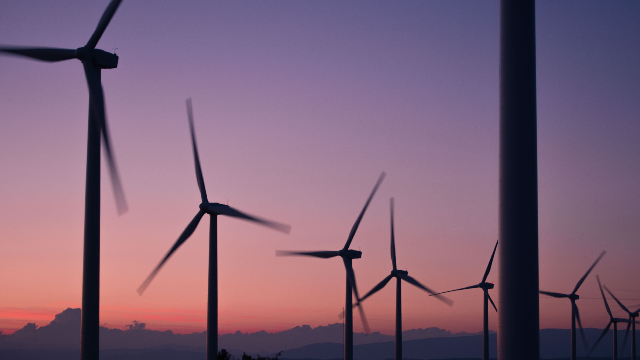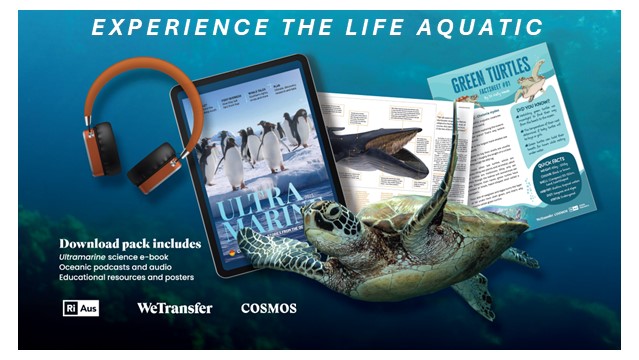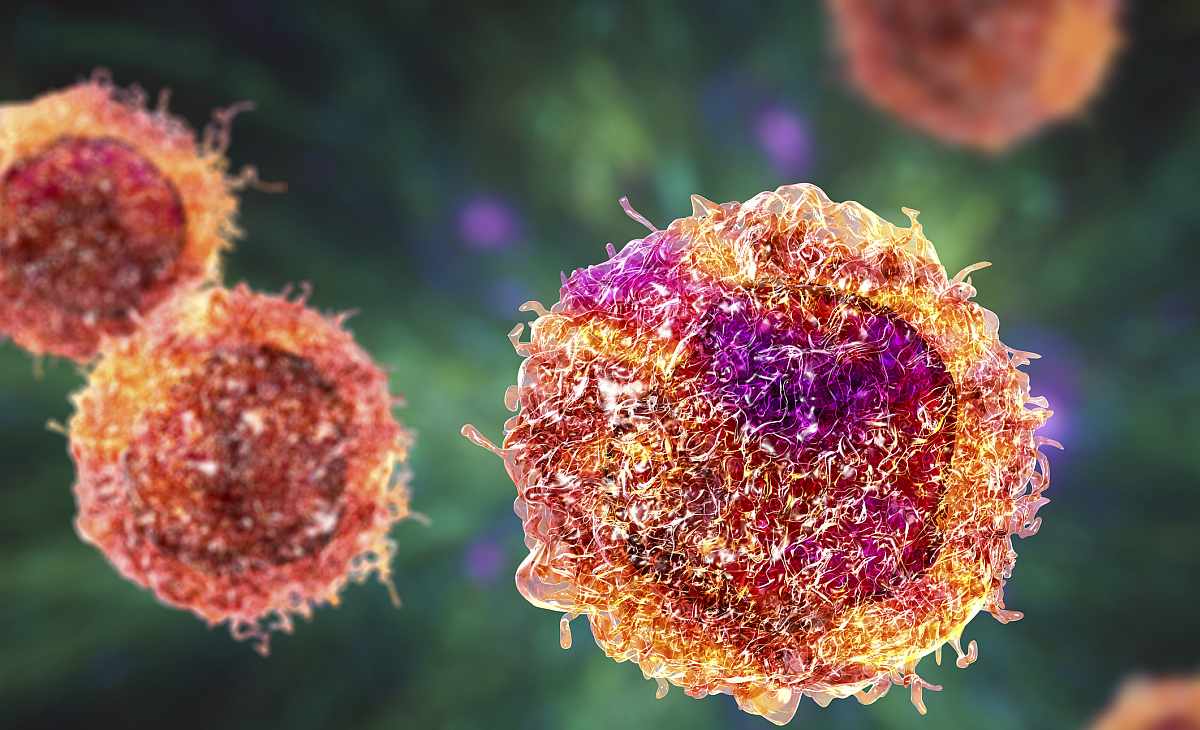This series of videos show investigations using STELR wind energy packs to build the most efficient wind turbines.
If you want to transform the energy in wind into electricity, you want machines that do this as efficiently as possible – at least, within your cost limits.
There are many factors that contribute to the efficiency of wind turbines, such as the materials used and the height of the towers. You can test some factors with the STELR wind turbine.
Biologist and science communicator, Lee Constable uses the STELR wind turbine equipment kit to investigate the impact of blade angle, blade length and the number of blades on the power generation.
Watch along from home or school, analyse results and complete the activities, even if you don’t have access to the equipment.
You can find more equipment kits and STEM remote learning resources at STELR.

Before you start:
Before watching the films or trying out the investigation, predict what you think will happen when:
- the angle of the blades is changed
- the length of the blades are changed.
- the number of blades is changed
Making predictions is an important skill of scientists. Scientists hypothesise what they expect to see during an investigation using their current scientific knowledge and understanding. This means that they can recognise errors in their investigation if results are unusual and unexpected.
Part 1: The best blade angle
The effect of blade angle on power generation in wind turbines.
This first film demonstrates the equipment supplied in the wind turbine investigation kit and explores the impact of blade angle on the power generation.
Part 2: The best blade length
The effect of blade length on power generation in wind turbines
This film investigates the impact of blade angle on the power generated by wind turbines.
Part 3: The best number of blades
The effect of the number of blades on power generation in wind turbines
This film investigates the impact of the number of blades on the power generated by wind turbines.
Login or Sign up for FREE to receive our weekly newsletter and be the first to find out about special educational events and resources.
Years: 7, 8, 10
Topics:
Earth and Space Sciences – Renewable/non-renewable resources
Physical Sciences – Energy
Additional – Careers, Maths, Technology, Engineering
Concepts (South Australia):
Earth and Space Sciences – The Earth’s Surface
Physical Sciences – Energy
About STELR
STELR is a ready-to-use STEM resource that is hands-on, inquiry-based, and in-curriculum.
Most importantly, it shows students that science and maths are relevant to their lives.
STELR aims to increase student enthusiasm for and engagement with Science, Technology, Engineering & Maths (STEM) subjects, and provides career profiles which highlight the study pathways necessary for jobs in STEM-related industries.
STELR has produced more than 20 curriculum modules comprising over 280 lessons, 100 hands-on activities, 30 career profile videos and 80 written career profiles. Many modules are supported by kits of Australian-designed and manufactured equipment to facilitate inquiry-based, hands-on, minds-on, problem-based learning.
Find more STELR investigations and order STELR equipment kits at https://stelr.org.au/





